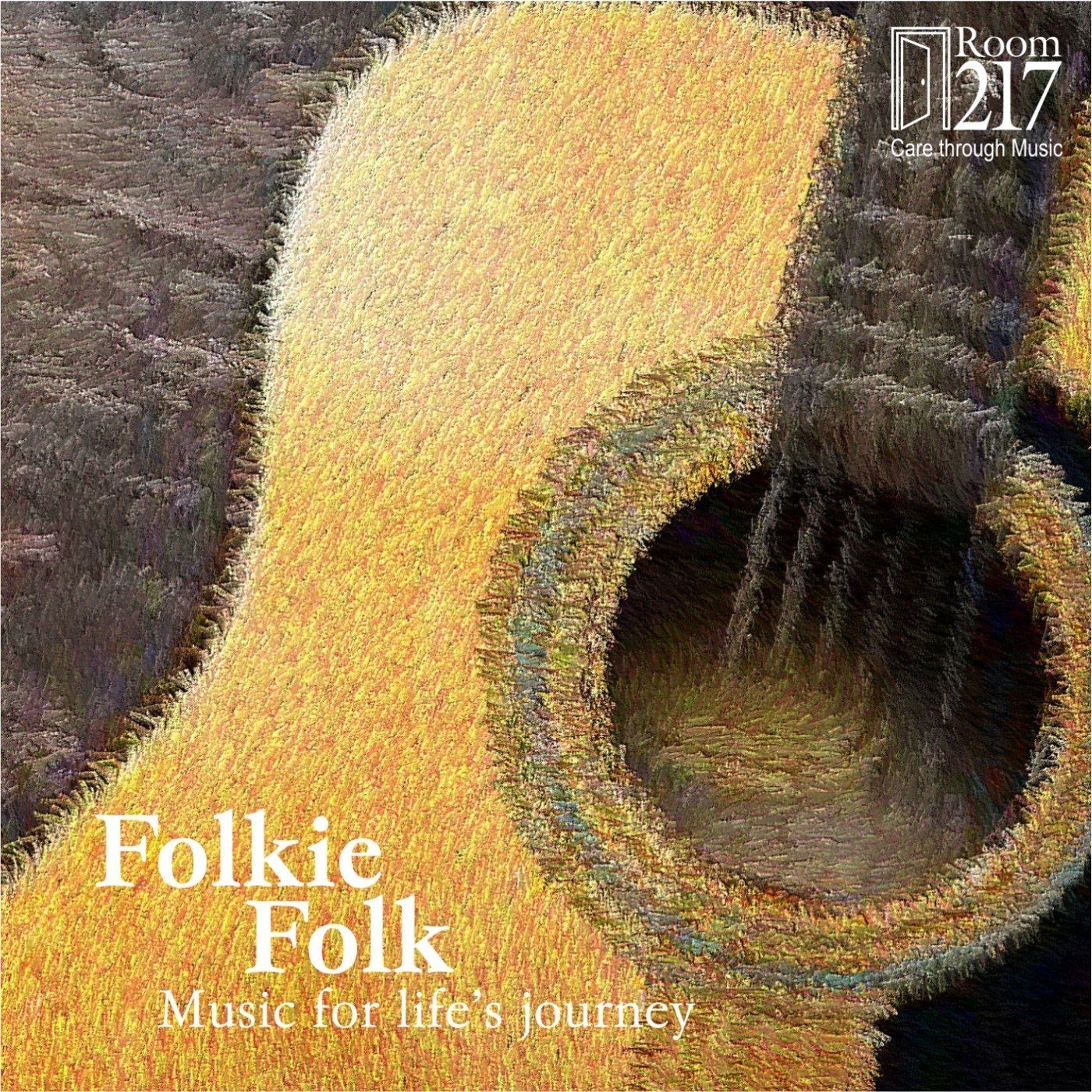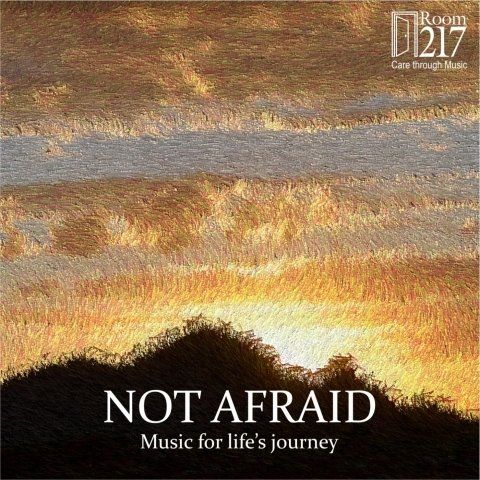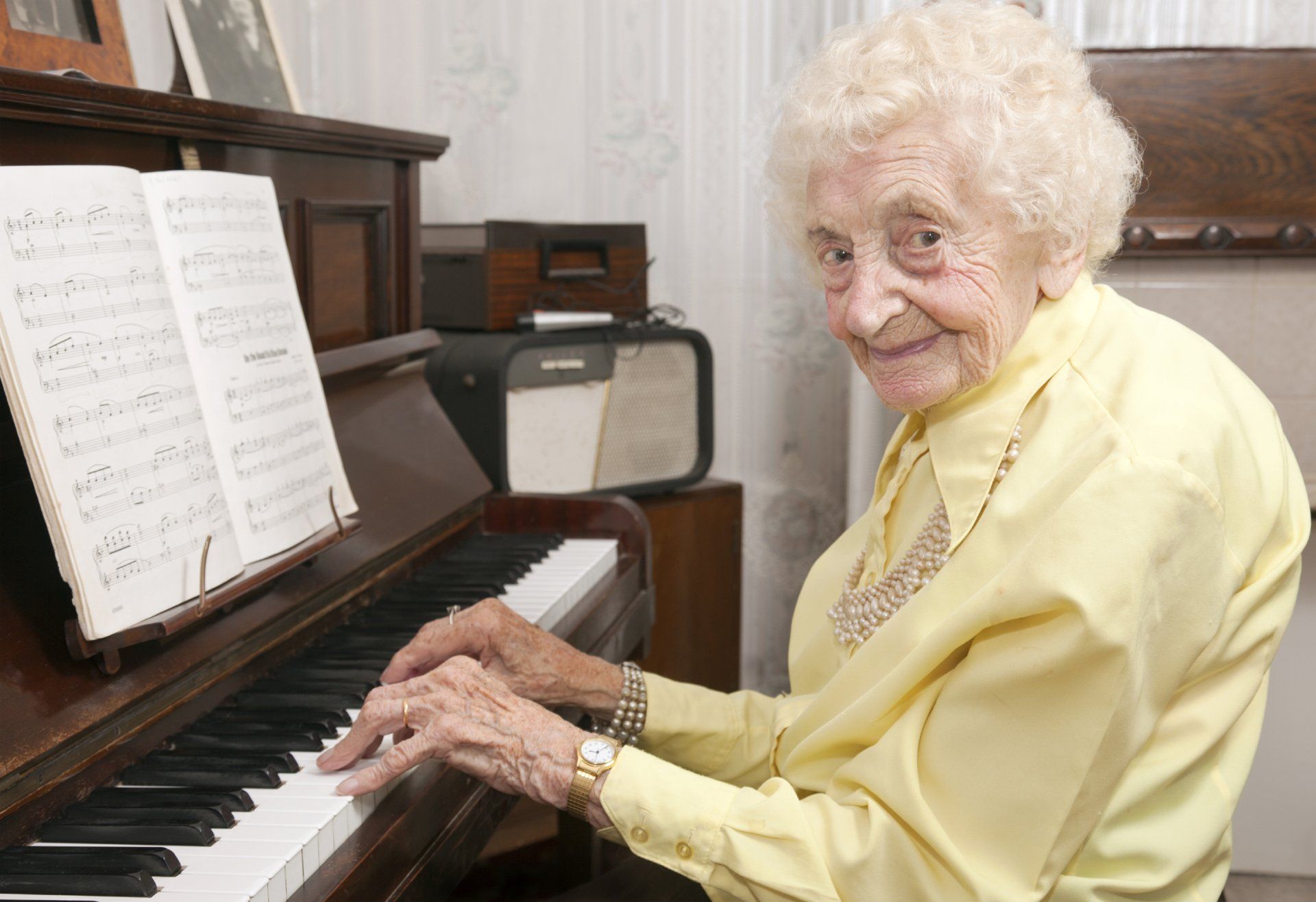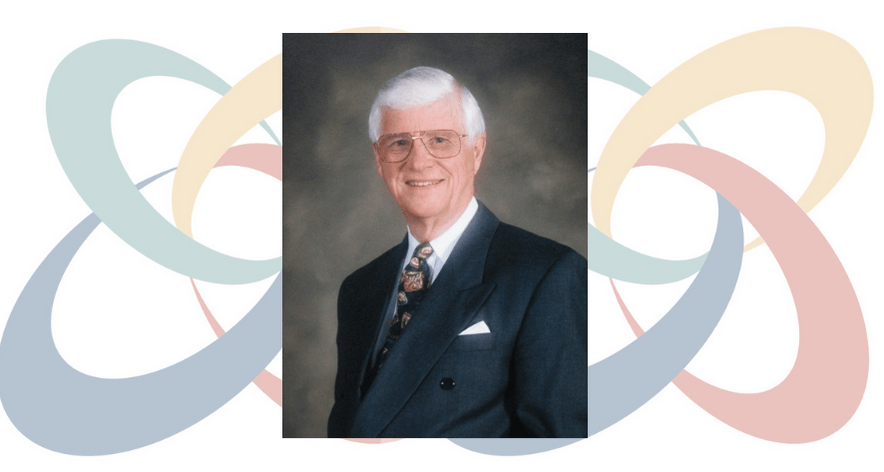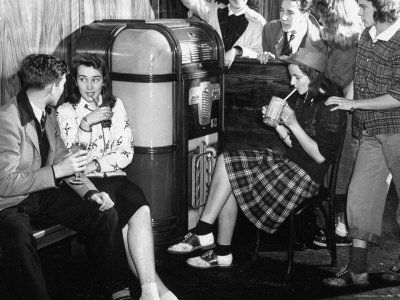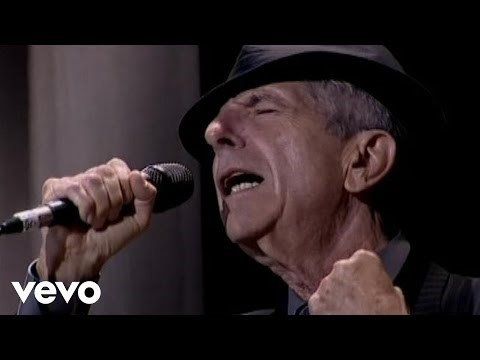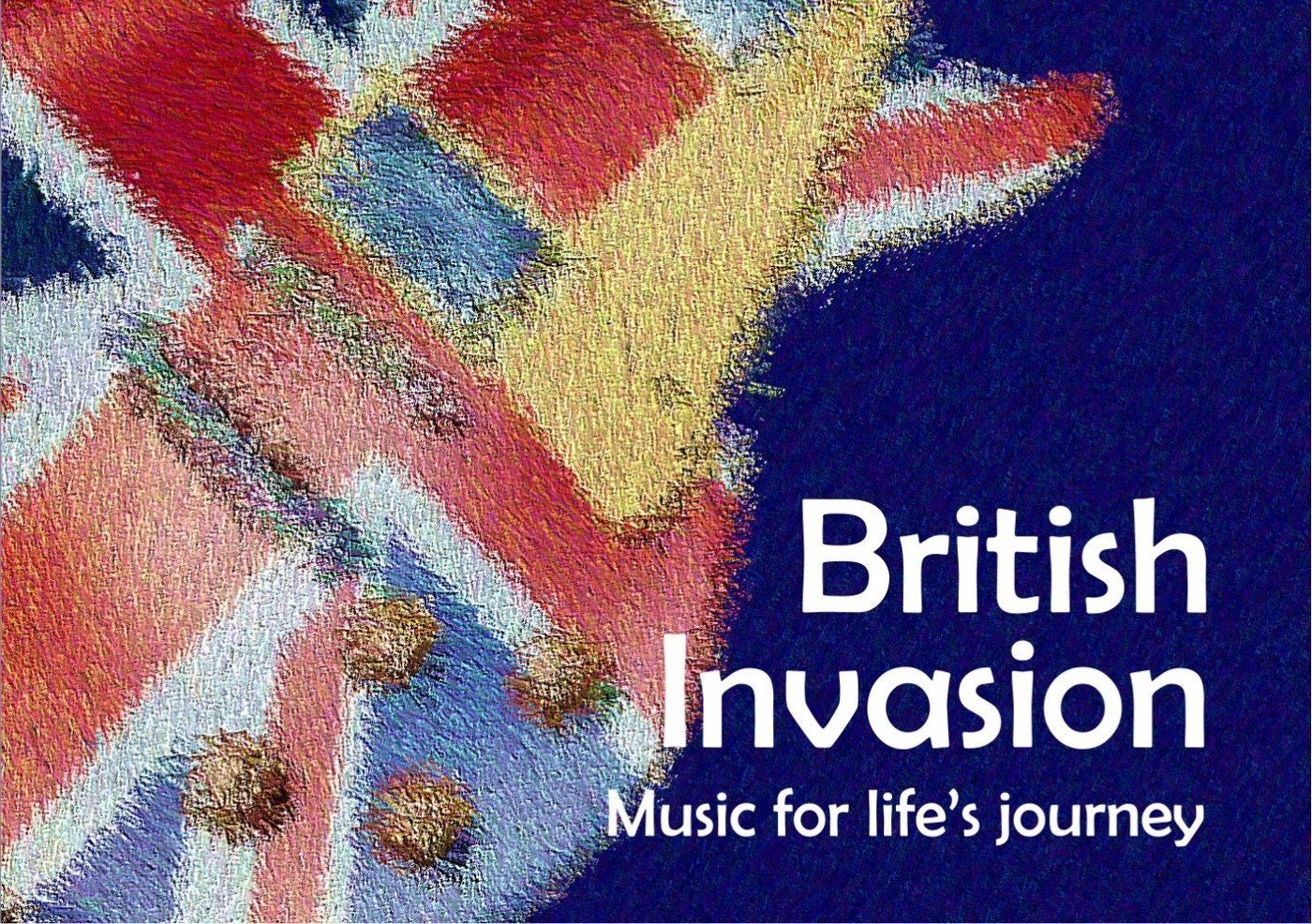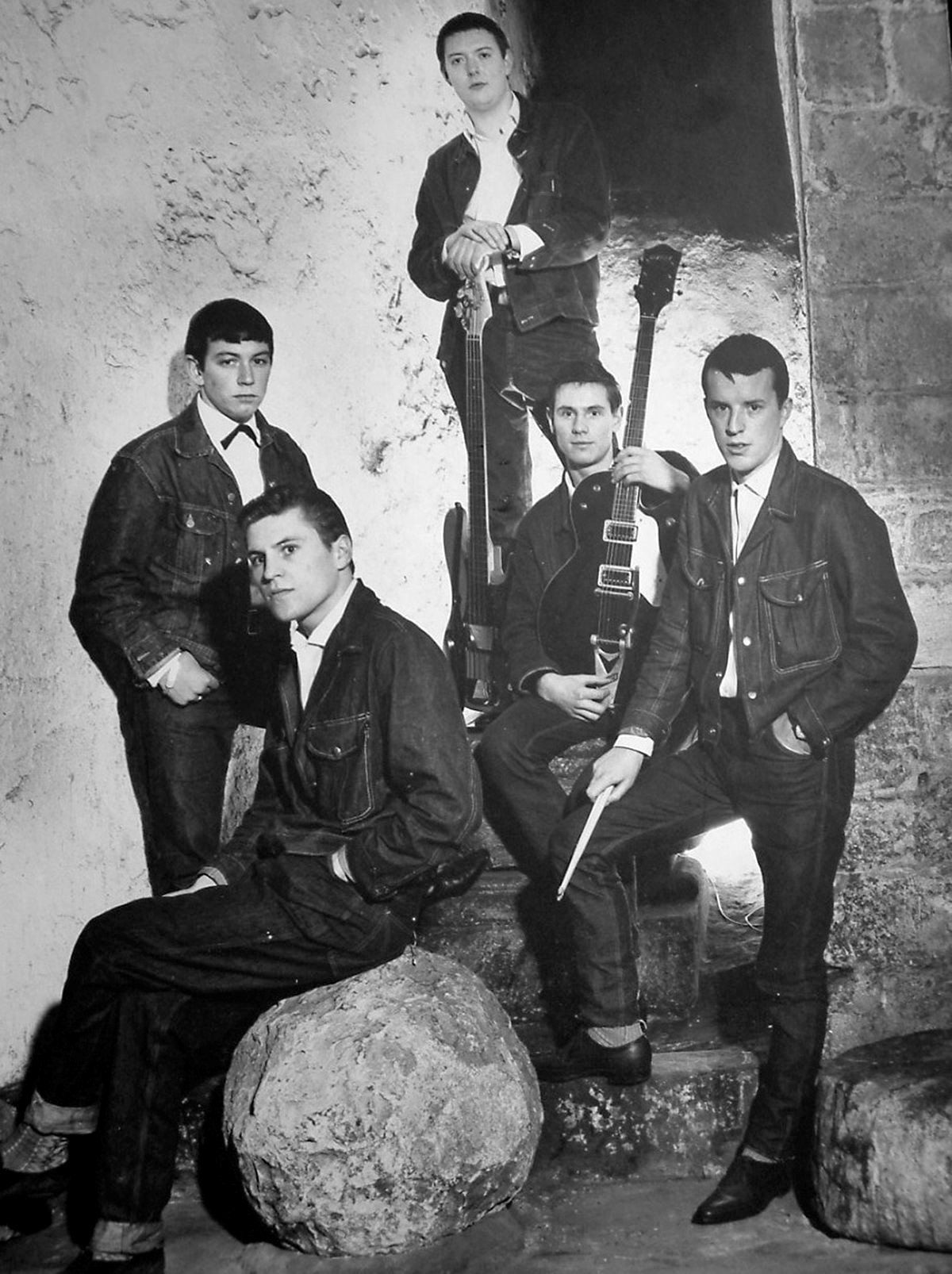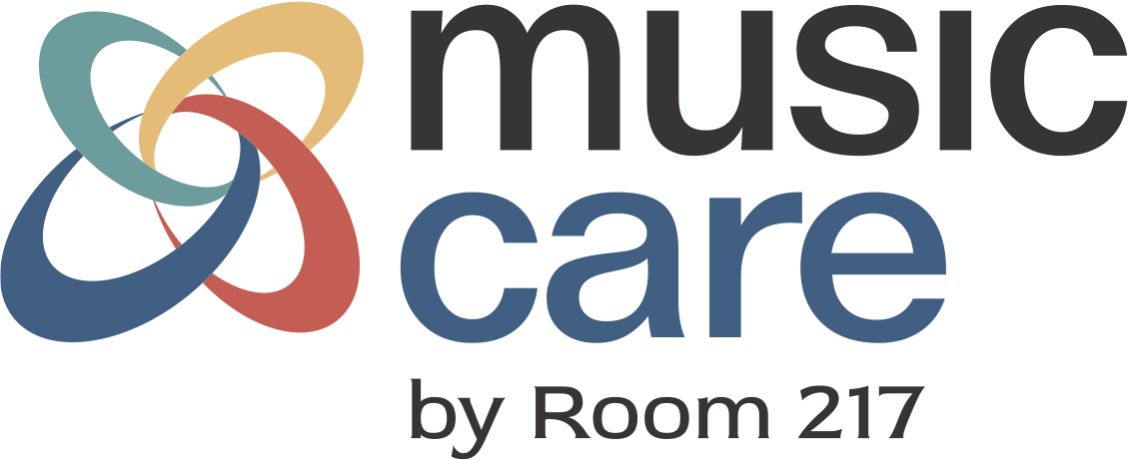Research shows music enhances exercise
This article was written by Sabatinie Zavier, and is part of a series provided by upper year health sciences students at McMaster University.
When I was younger I wished I could run like the Flash. I was already pretty fast, but I’ve always had very low stamina. I have to push myself when I run and often find it unbearable to continue after a few minutes. Yet, somehow when my lungs are burning and my legs are about to give out, a new song plays through my headphones and I am renewed with a powerful force that keeps me going. Whenever I hear music playing, my body is able to access a hidden supply of energy which makes the urge to move, run or dance irresistible. I learned you don’t need super powers when you have music. It has a very distinct power of its own, and although it sometimes feels magical, music has scientifically been proven to fuel motivation and enhance performance.
There are numerous studies that have found listening to music can effectively improve physical performance during workouts in young athletes. However, with increasing rates of cardiovascular disease in older adults, the effects of music during exercise has also begun to be investigated for cardiac rehabilitation patients. Cardiac rehabilitation is designed for those recovering from a heart surgery or managing a heart condition. Along with education and counselling, it is a cardiac rehabilitation promotes exercises to improve cardiovascular and muscular health. It is well known that achieving or maintaining fitness is correlated to a healthier heart and a longer life, especially for the population suffering from heart conditions.
Yet, patient compliance with the recommended dosage of daily exercise is low. This is not surprising as many, including myself, struggle to commit to an exercise routine. However, there are two factors that promote compliance; high pleasure derivation and low perceived exertion. In other words, if a task brings high satisfaction and pleasure while requiring minimal effort, one is more likely to repeat the task and commit to it long term.
It was found that music can increase compliance to exercise based on these two factors. However, the type of music used can result in different outcomes depending on the type of exercise. For athletes, stimulating high tempo music is found to be effective as it successfully fuels endurance and the ability to reach greater intensity levels. Using music with a faster, steady rhythm encourages synchronization with the set rhythm without experiencing additional fatigue. However, in a cardiac rehabilitation setting, it is lower intensity exercises that are recommended. Thus in order to reduce one’s ratings of perceived exertion, it was found that sedative - not stimulating tempos, derive the best results. The use of music also increased feelings of pleasure with task completion; leaving the participant with positive sensations associated with the exercise further promotes patient compliance.
The ability of music to increase one’s strength and perseverance has been connected to its ability to harmoniously stimulate major brain areas. Music listening activates various lobes affecting the control of motor movements, rhythm and coordination, pitch and tone processing as well as emotion. All of which happen to also be pivotal for athletic performance. Music employs competing sensory stimuli which can effectively distract the listener from pain experienced during exercising. On a hormonal level, listening to music that one finds pleasant releases serotonin, known as the “feel-good” hormone as well as dopamine, a natural pain blocker. These desirable changes are enhanced by the ability of music to simultaneously reduce levels of cortisol, the stress hormone. These complimentary reactions contribute to the overall positive experience of listening to music. These undeniable benefits urge the incorporation of music into cardiac rehabilitation programs. With a better mood and reduced pain perception, music can aid people in meeting their personal or medical fitness goals and ultimately help improve lives.
If you’re interested in more research about music and health, be sure to visit Room 217’s research page , where you’ll find blog posts, archived webinars, and links to search topics.


